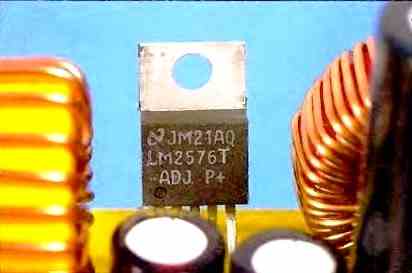nzoomed
Member
Im needing to charge a 6S lithium battery bank comprised of 12 x 21700 lithium cells from a 50W panel.
Panel voltage is about 18V or 22V open circuit.
I had one of these MPPT boards floating around ( https://www.aliexpress.com/item/4000552321010.html ) and when I went to set it up using my benchtop power supply starting with about 8V, I tried to adjust the output voltage but couldnt get much more than 15V out of it no matter how much I tweaked the pots.
Increasing the benchtop power supply voltage would help, but I could not get much close to the battery voltage without cranking up the supply voltage of the power supply to that which exceeded the solar panel voltage.
Anyway, I thought I might have had to have added a load while testing, so connected the battery pack and I think it killed the board. I could smell a burnt smell but no smoke.
Specs say 26V is the maximum output voltage, so this should have worked I thought, even though my battery voltage is about 25V
I dont know if i did something wrong, the poorly translated instructions seem vague, but from what I could make out if it, you adjust the MPPT pot until the LED starts to flicker, and adjust the other pot to suit your output voltage.
Is that right?
Either way, I need to find a charge controller that can charge this bank.
TIA
Panel voltage is about 18V or 22V open circuit.
I had one of these MPPT boards floating around ( https://www.aliexpress.com/item/4000552321010.html ) and when I went to set it up using my benchtop power supply starting with about 8V, I tried to adjust the output voltage but couldnt get much more than 15V out of it no matter how much I tweaked the pots.
Increasing the benchtop power supply voltage would help, but I could not get much close to the battery voltage without cranking up the supply voltage of the power supply to that which exceeded the solar panel voltage.
Anyway, I thought I might have had to have added a load while testing, so connected the battery pack and I think it killed the board. I could smell a burnt smell but no smoke.
Specs say 26V is the maximum output voltage, so this should have worked I thought, even though my battery voltage is about 25V
I dont know if i did something wrong, the poorly translated instructions seem vague, but from what I could make out if it, you adjust the MPPT pot until the LED starts to flicker, and adjust the other pot to suit your output voltage.
Is that right?
Either way, I need to find a charge controller that can charge this bank.
TIA




